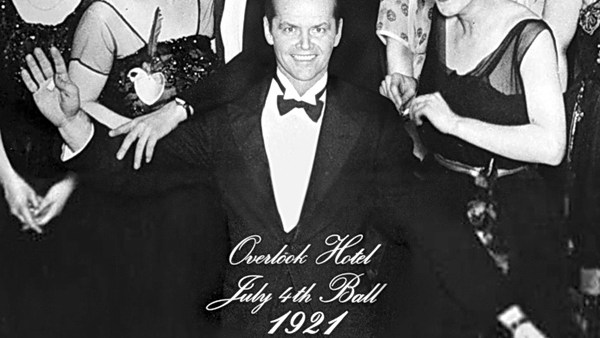
Ambiguity always stands among the necessary items in a filmmakers weaponry to captivate the audience’s attention. Throughout the history of cinema, spreading all the continents, Directors have tried to achieve this mythical quality in their films. In an expensive art like cinema, where the primary concern of the studio is to present the distinguishing quality in a clear, transparent way, this risky trait is celebrated for a special reason.
This is because ambiguity delicately presents the possibility of suspense-thrill and drama at the same time, where, in a successful attempt the viewers submerge to the film to an extent that they like to ponder about the film’s fictional world long after its end and tries to answer the posed questions in weeks. In this way, a film achieves the long-lasting effect of the short stories.
Now talking about thrills, this is not a cheap thrill, rather a subtle psychological manipulation by the filmmaker. With every passing second, the viewers try to expose the spider-web of confusion and enjoy an inexpressible thrill in that. Here comes the most challenging part for the filmmaker: placement of this ambiguity. If an ambiguous plot is integrated from the very beginning of the film, the viewers can bracket this as an experimental work which is not a great indication for the mainstream box office return.
The same risk factor counts for the middle placement. It is one of the prime examples of the Kuleshov effect in the film, to achieve the maximum impact. One solution is to make the ending ambiguous, as a successful amalgam will haunt viewers for a long time to come to a satisfactory conclusion. Without further ado, here are the best ambiguous film endings of all time.
10. Andhadhun (2018)
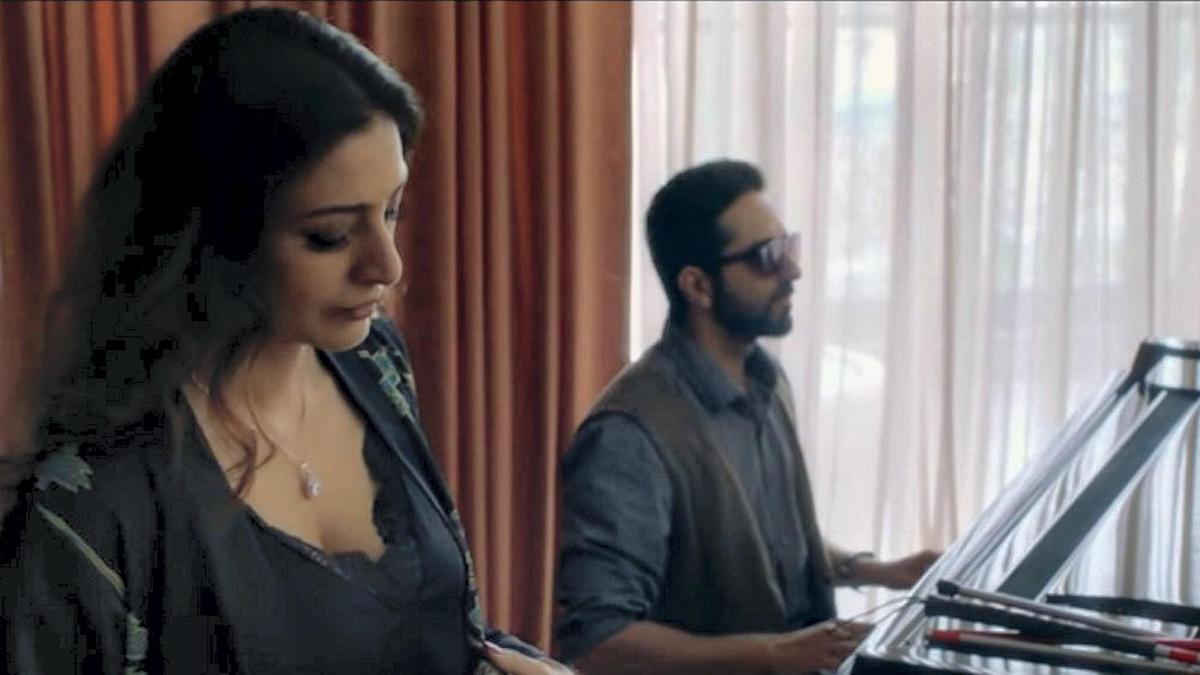
It is clear before “Andhadhun” reaches the halfway mark that the blind musician is playing bluff. He has good boy charms and antics and the story tells us that he is pretending to be blind to polish his piano skills, but he can also be a malicious person. The thrill starts from there, and the frequent punch of dark comedy makes it an exhilarating watch. His life takes a violent turn when his fake blindness is revealed and in consequence, he gets blind.
Only in the end, when he has learned to cope with his new blindness, a subtle unintended suggestion from his part tricks us into disbelief again. This stunning dark thriller from India is a delight to watch, and the great complex character study makes it an easy contender for the best ambiguities in life.
9. American Psycho (2000)
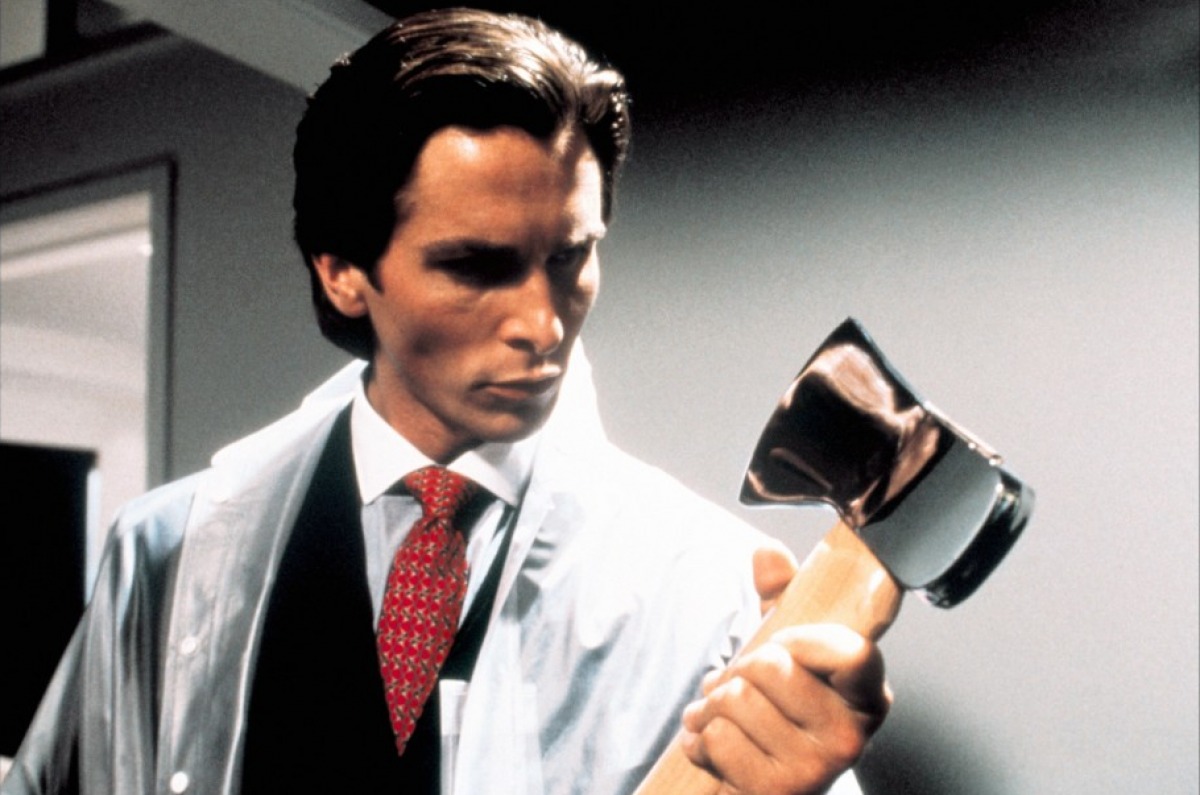
The great American dream is severely attacked in the psycho horror “American Psycho”. Using the path “Fight Club” utilized, Patrick Bateman is depicted as a complex schizophrenic who has grown tired of the capitalistic lifestyle. He finds pleasure, an occasional relief by killing prostitutes, beggars, people who belong in the last stratum of society.
There is an equal chance that all these mishaps exist in Bateman’s tortured mind. His confession of killing people is refuted, the corpses from his home vanish suddenly and he sees some awkward message in the ATM. Again, in all possibility, He is a lucky guy, whose crimes are unacknowledged because of his social standing.
8. City Lights (1931)
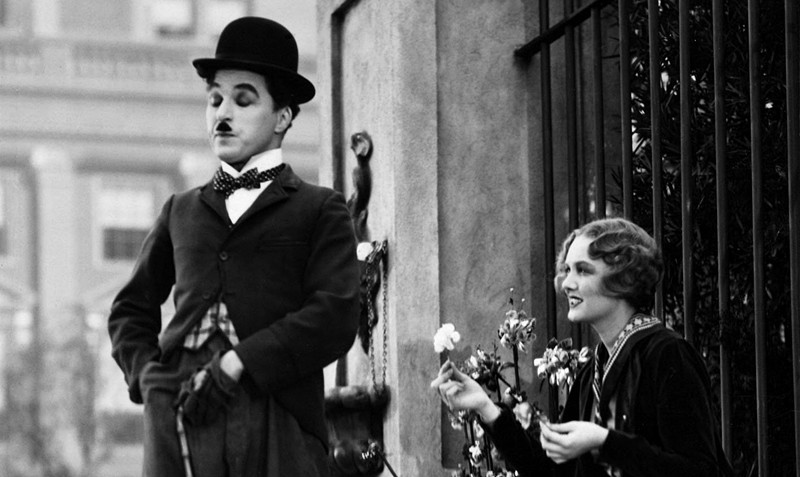
The treatment of “City Lights” is tonally complete different from the films that insist on an ambiguous ending. There is no profound question lingering long after the film’s end. Chaplin made a simple film that mediates on the politics of normal life and subtly criticizes the social division. A tramp can’t fall in a girl who belongs to a greater position in the social ladder, yes, they can be mutually dependent on each other, provided one is blind.
We, As spectators, wish the girl to be an exception of the stereotypes, we want her to possess a golden heart and submit to the Tramp’s love. That’s why when in the end, she proclaims that she can see now, We take this as a happy ending because we crave for it. But real life is crueler, we don’t know what future waits for them. The ending is more ambiguous than which seems in plain sight.
7. Pan’s Labyrinth (2006)
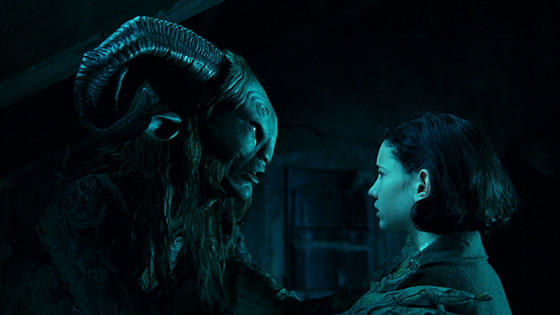
Fairy tales are everlasting creations made to preserve the innocence of childhood through different people. They are especially useful at times of hardship when the real world is bleaker than ever. Ofelia, a young child in the time of Franco’s Spain embraced the fairy world to escape from the horror of life. The contrasting story here is of princess Moana, who was the princess of the dark world
. “Pan’s Labyrinth” is a fantastic fantasy film from Guillermo Del Toro using a dark, gothic environment and mythic settings. It is difficult to pinpoint if the alternative reality shown in the film is in Ofelia’s head or a real occurrence, only visible to the innocent eye. It is easy to denounce the alternative reality as Ofelia’s creation, but we can’t ever confirm having lost our innocence.
6. Certified Copy (2010)

Everything is a copy of a copy of a copy. From the time of the ford’s assembly-line production to today’s recreation of original artwork, authenticity has been largely compromised. Old schoolers believe in a world that is long forgotten or was never present in the physical world. Again, according to Plato, it is never possible to truly translate an idea to a physical medium.
“Certified Copy” argues the same: A replica of Mona Lisa is no more original than the first Mona Lisa painting. When a lady of blood and sweat is recreated in the artist’s canvas, it loses its essence. A new artwork emerges, but it is distinct from the original idea. Kiarostami’s character choices are deliberate here: an antique dealer and a prose writer. They are the members of a cafe society, where authenticity is generally sacrificed in the name of charm.
It doesn’t matter what is real, a marriage doesn’t need a stamp to certify chemistry. That’s why Kiarostami’s two protagonists suddenly behave like a couple regardless of their declaration of bachelorship. Or are they a real couple in disguise? The ambiguity is real.